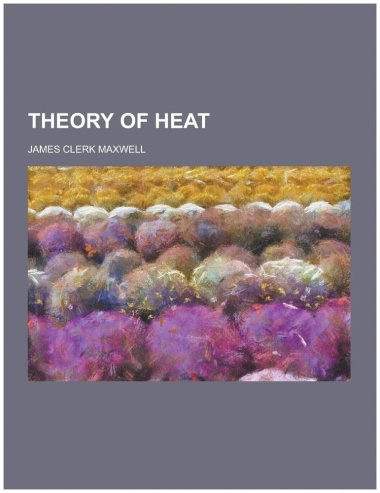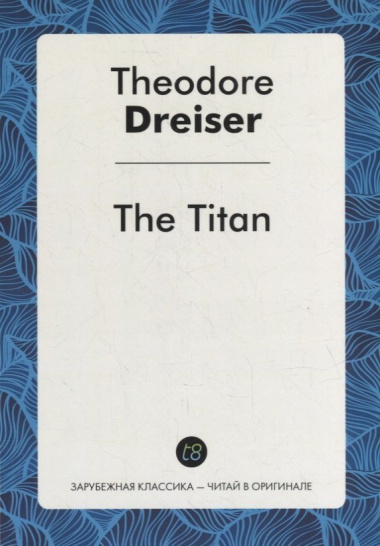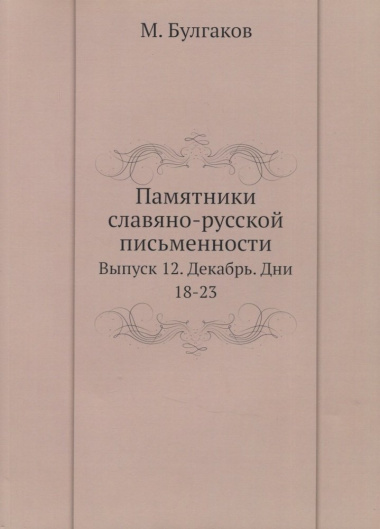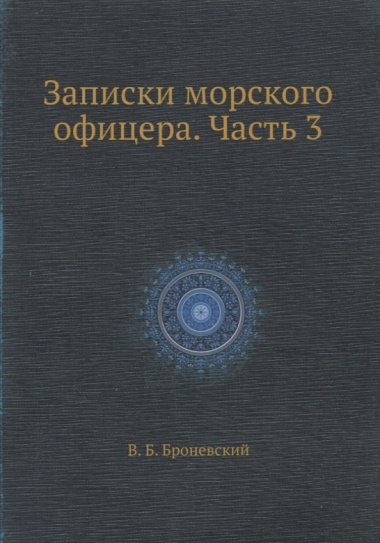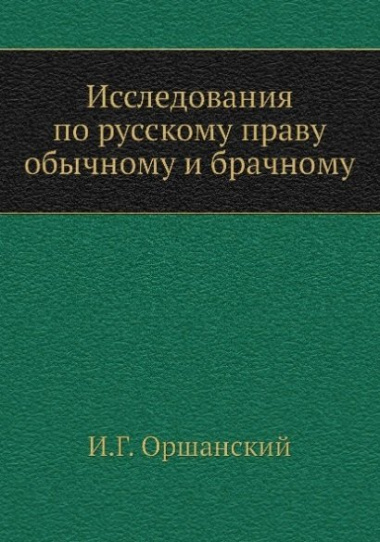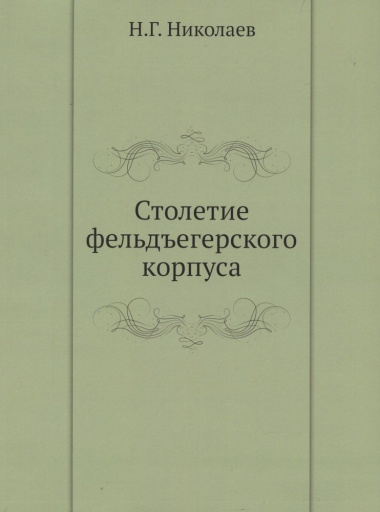Доставка книг по всей Европе
Theory of Heat
Книга с полки
Описание
his historic book may have numerous typos and missing text. Purchasers can usually download a free scanned copy of the original book (without typos) from the publisher. Not indexed. Not illustrated. 1872 edition. Excerpt: ... process of radiation as heat. We have defined heat as it exists in hot bodies, and we have seen that all heat is of the same kind. But the radiation between bodies differs from heat as we have defined it--ist, in not making the body hot through which it passes; and, in being of many different kinds. Hence we shall generally speak of radiation, and when we speak of radiant heat we do not mean to imply the existence of a new kind of heat, but to consider radiation in its thermal aspect ON THE DIFFERENT PHYSICAL STATES OF BODIES. Bodies are found to behave in different ways under the action of forces. If we cause a longitudinal pressure to act on a body in one direction by means of a pair of pincers or a vice, the body being free to move in all other directions, we find that if the body is a piece of cold iron there is very little effect produced, unless the pressure be very great; if the body is a piece of india-rubber, it is compressed in the direction of its length and bulges out at the sides, but it soon comes into a state of equilibrium, in which it continues to support the pressure; but if we substitute water for the india-rubber we cannot perform the experiment, for the water flows away laterally, and the jaws of the pincers come together without having exerted any appreciable pressure. Bodies which can sustain a longitudinal pressure, however small that pressure may be, without being supported by a lateral pressure, are called solid bodies. Those which cannot do so are called fluids. We shall see that in a fluid at rest the pressure at any point must be equal in all directions, and this pressure is called the pressure of the fluid. There are two great classes of fluids. If we put into a closed vessel a small quantity of a fluid of...ID Продукта
1590205
Автор
Издательство
Год
2013
ISBN
9781230218908
Item code
10099356
Вес
0.2
Формат
клей
Переплет
мягкий
Доступность
На складе
Размер посылки
XS



